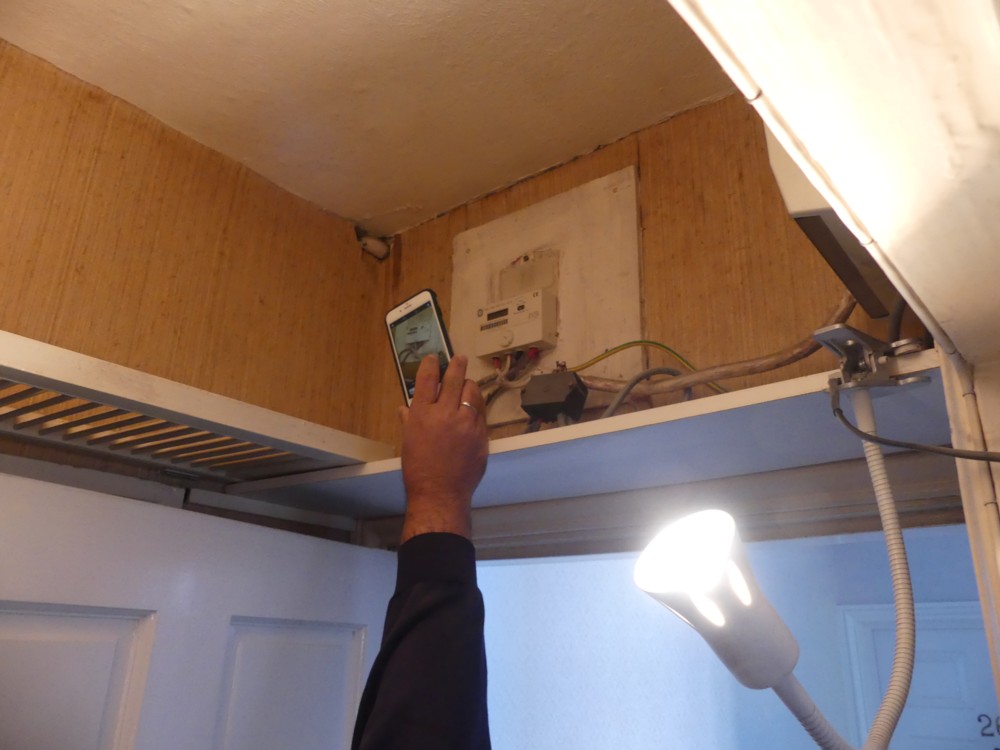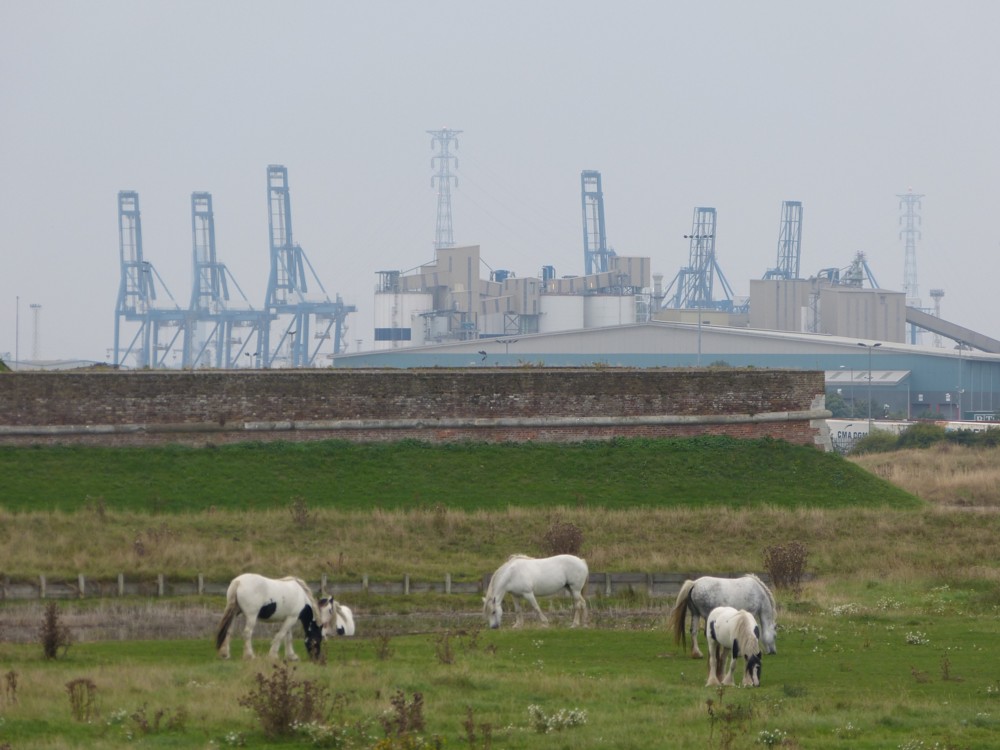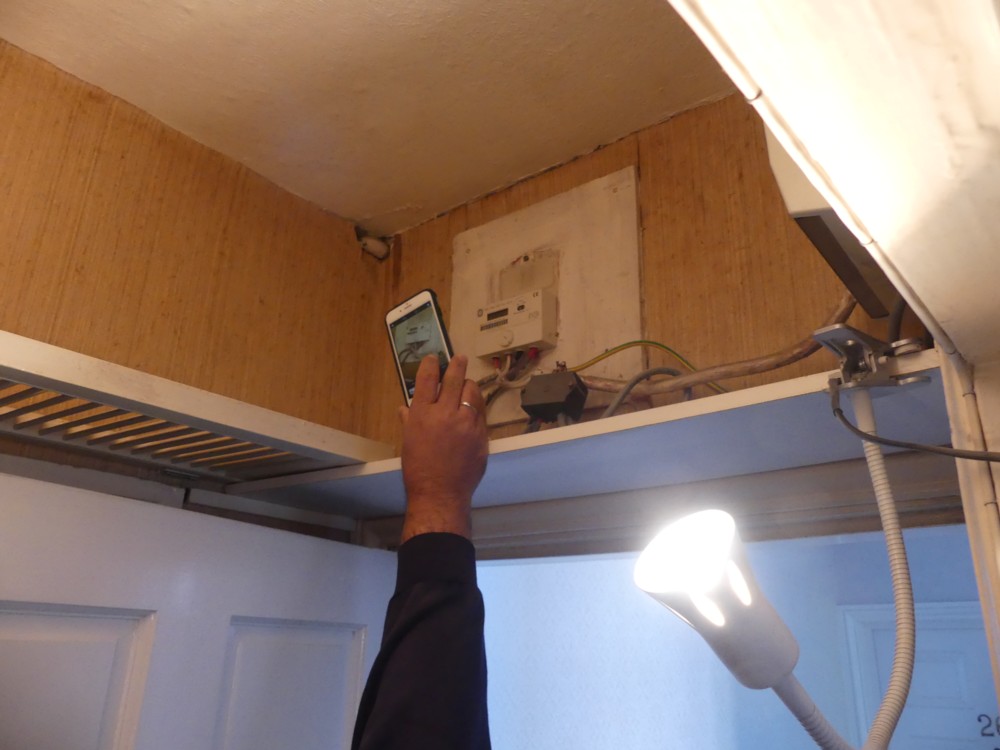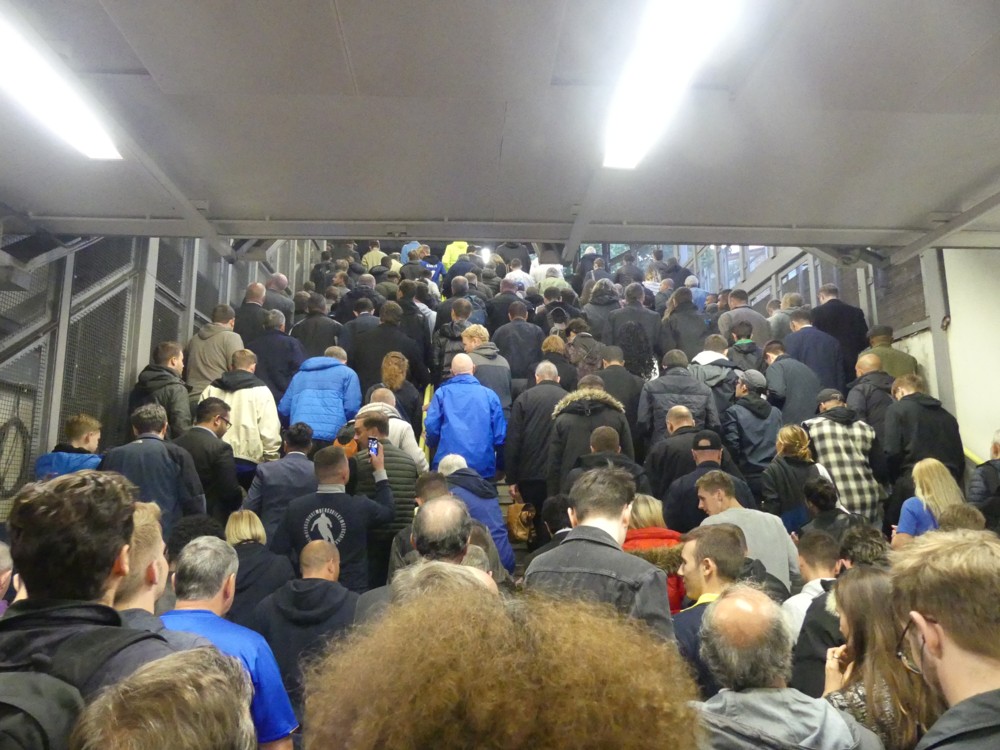To quote my own earlier words about David Hockney:
What I particularly like about him is that he doesn’t indulge in the usual artistic sport of epater-ing the bourgeoisie. He is content to be bourgeoisie.
And as if to prove me right, in the same book I was referring to, I later encounter (pp. 105-106) this amazingly honest Hockney outburst:
The best form of living I’ve ever seen is Monet’s – a modest house at Giverny, but very good kitchen, two cooks, gardeners, a marvellous studio. What a life! All he did was look at his lily pond and his garden. That’s fantastic. He was there for forty-three years. …
Two cooks! Gardeners! How rare it is to encounter such full-throated pleasure being taken in the idea of having servants to look after you!
You can feel the people who try to decide these things going off Hockney, and I’m guessing that this has been going on for some time. I’m not saying that Adrian Searle, for instance, doesn’t mean the things he says in this Guardian piece about Hockney’s pictures over the years. And I actually rather share some of Searle’s preferences as to which Hockney pictures are nice and which are not so nice. Searle says they’ve got worse, basically.
However, I suspect that Hockney’s real crime is that he started out looking like a radical homosexualist, but then when homosexuality settled back into being just part of the scenery of modern affluent, successful, happy life, Hockney was revealed as being not angry about modern, affluent, successful, happy life. He just wanted that sort of life for himself, and for many decades now, he has had it. He would have been angry only if denied such a life by anti-homosexualists. But he wasn’t. As soon as the world started happily tolerating Hockney’s not-so-private life and made his picture-making life affluent and successful, Hockney was content happily to tolerate the world and to revel in its visual pleasures, natural and electronic. The Grand Canyon! iPhones! Bridlington!
Capitalism? Commerce? Hockney’s not angry about it. He’s part of it. He produces it, he consumes it, he applies it to his work, he knows this, and he loves it. And he has long surrounded himself with a small and happy team of assistants and cooks and bottle-washers of all the sorts that he needs, to enable him, Monet-style, to concentrate on his picture-making. Hockney is the living embodiment of the glories of the division of labour. Aka: social inequality.
I surmise that this is what really makes Searle’s readers (i.e. Guardian readers) angry about Hockney, not the claim that his pictures have got worse. They’re angry about modern life, and they’re angry that David Hockney isn’t angry about modern life.
And I suspect that Hockney is, in the eyes of Those Who Try To Decide These Things, helping to take the Impressionists down with him.







